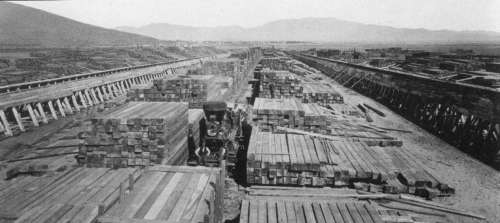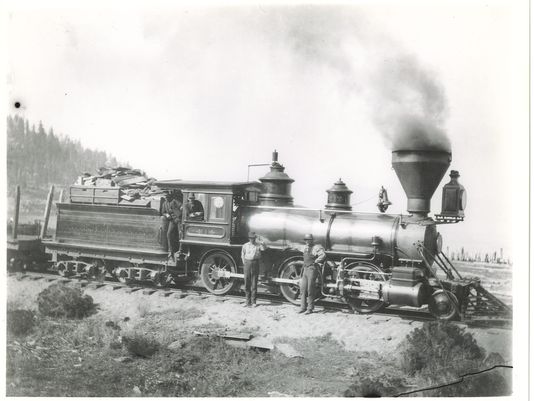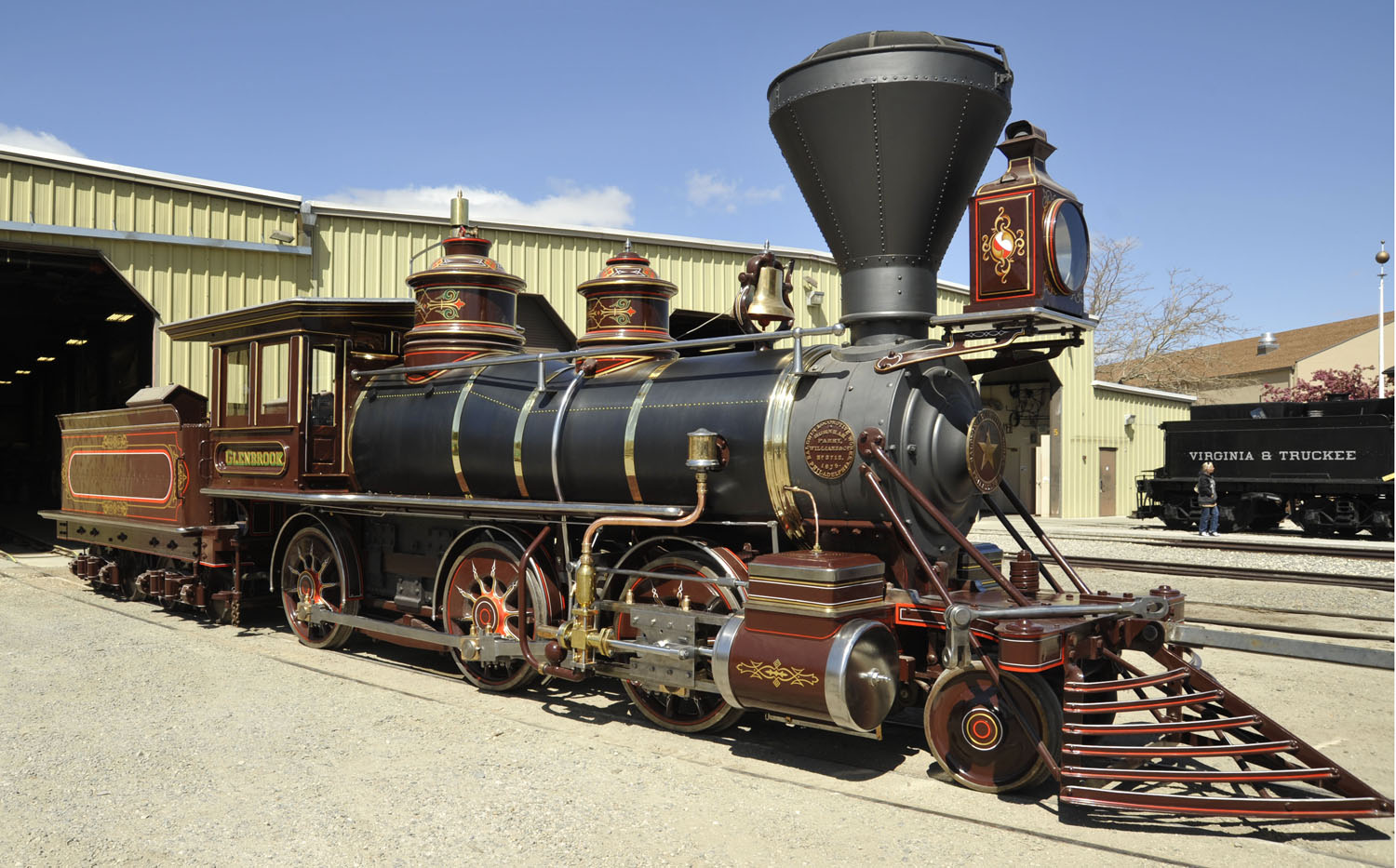As you look around Lake Tahoe, the hillsides surrounding you are thick with Douglas-fir trees. Yet imagine a time when this was not the case and wherever your gaze fell the hillsides were bare, denuded of the majestic pines that once reflected on the beautiful mountain lake.
The discovery of silver in 1859 on Sun Mountain, later known as Virginia City, eventually presented a special challenge. Silver was not extracted in the same method as gold by way of placer mining in streams. In order to reach the veins of silver that ran beneath the surface of the ground, one needed to dig for it. And as the miners, and later mining companies dug deep into the earth, the threat of cave-ins loomed. The unique method to shore-up the deep earth tunnels was the brainchild of Philip Deidensheimer. But where was the timber for his “Square-Set” method to come from? The sparse pinon pines on the slope of Mt. Davidson would not suffice.

The Tahoe Basin boasted of an abundance of Ponderosa and Jeffrey pine used to shore up the mines of Virginia City.
In 1873 Duane L. Bliss became president of the Carson and Tahoe Lumber and Fluming Company. At this time the Tahoe Basin boasted of an abundance of Ponderosa and Jeffrey pine, which were both important for general purposes and strong enough for Dedensheimer’s plan. Logs were dragged by oxen, horse, and mule down to the lake, or on steeper slopes, sped on greased log chutes. Once in the lake, they were gathered and chained into booms and towed to Glenbrook by steamers like the famous Meteor.
By 1875 the company had 3 sawmills in Glenbrook and were hauling lumber to the top of Spooner Summit, dropping the logs into a twelve-mile-long V-flume, where flowing water from Marlette Lake swept them down Clear Creek Canyon to a lumber yard just one mile south of Carson City. There, the square cut timbers were then loaded onto the V&T Railroad, bound for the Comstock. And later, in 1875 Bliss completed the narrow gauge Lake Tahoe Railroad that would replace the oxen and mule, and allow an increase in the productiveness of operations. One of its 3 famous engines was named the Glenbrook.

The Glenbrook – one of Lake Tahoe Railroad’s three famous engines.
Ghosts of yesteryear are all around us. Today, Virginia City sits atop acres and acres of Tahoe forest buried in the mining tunnels beneath the Comstock. Take a walk around Lake Tahoe’s Tallac Historic Site where you will see acres of Jeffery pines that were spared the logging frenzy of the Comstock era. There are flume trails that one can ride a mountain bike on, over the very system where the V-flumes once stood. The engine the “Glenbrook” is beautifully restored and is now on display at the Nevada State Railroad Museum in Carson City for all to see.
When The Comstock played out, Duane L. Bliss saw the opportunity to promote tourism in the beautiful Lake Tahoe Basin.
His legacy is D. L. Bliss State Park on the west shore of Lake Tahoe. As you take a drive around the lake, as all visitors must do, think about his company that not only helped to build the Comstock but also left its legacy on a nation.
Story by Kim Harris, a local historian and historical re-enactor, who passionately shares her love of Carson Valley history at every opportunity afforded to her. Find out more at Western History ALIVE!



